Amaryllis Bulb Rot – What Causes Rotten Amaryllis Bulbs
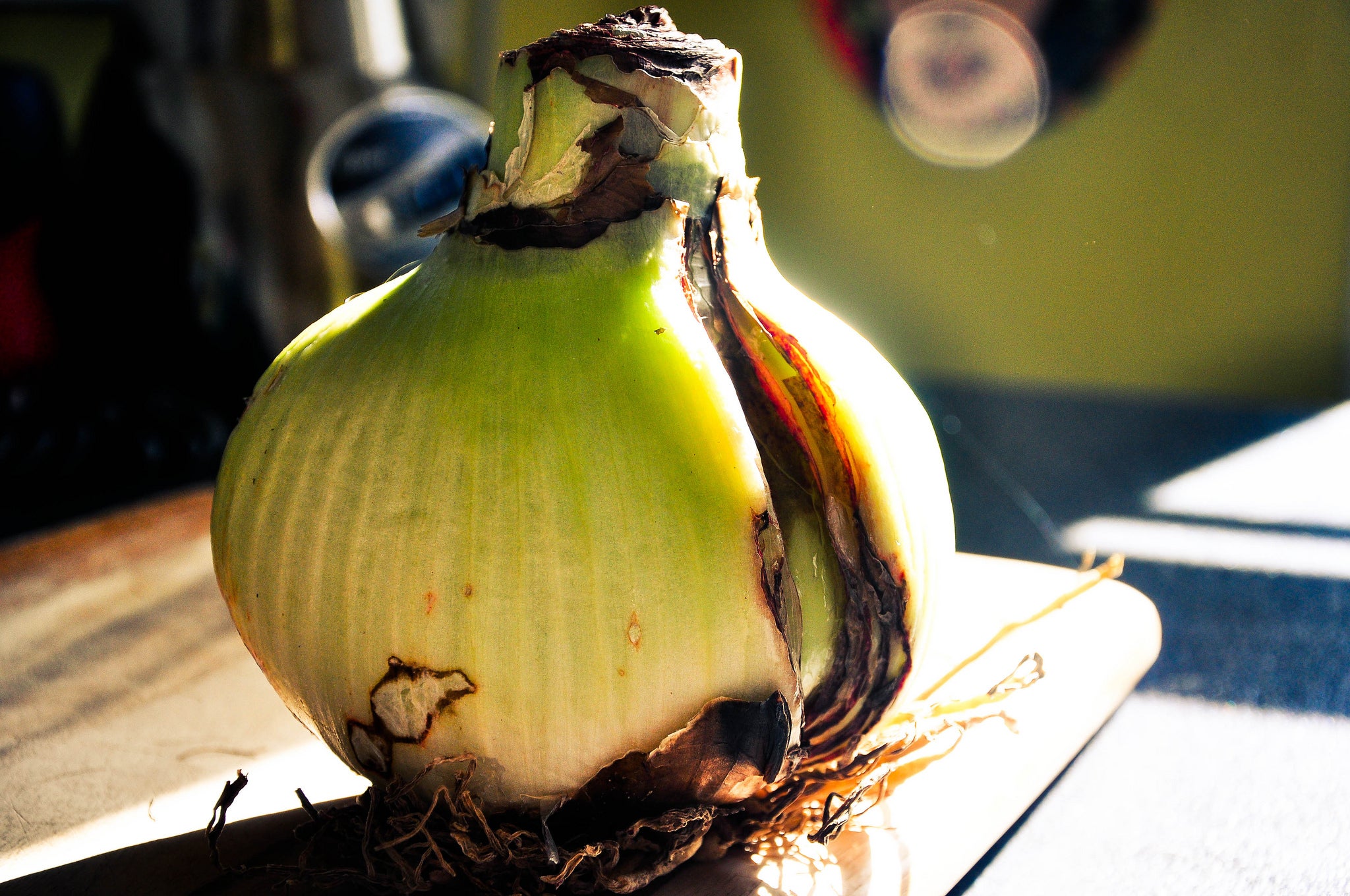

Amaryllis plants are loved for their large, vibrant flowers. Ranging in color from white to dark red or burgundy, amaryllis bulbs are a popular choice for outdoor warm climate gardens, or those wishing to grow the bulb indoors for forcing during the winter season. Coming in various sizes, these large bulbs can be potted into containers and grown near a sunny window. The ease of amaryllis care makes them a popular gift for both experienced and amateur garden enthusiasts.
Amaryllis bulbs, specifically those sold for forcing during the winter, require certain conditions for adequate growth and the production of large flowers. From planting to bloom, there are several factors which may impact the overall health of the plant. Like many potted plants, diseases and issues related to fungal infections can be detrimental to the development of the plant and may even cause it to die before it is able to bloom. Amaryllis bulb rot is one such issue.
Why are My Amaryllis Bulbs Rotting?
There are several reasons why amaryllis bulbs may begin to rot. Among these causes is fungal infection. In many cases, spores are able to enter through the outer scales of the amaryllis bulb and then continue the rotting process from within. Though minor infections may not impact the bloom of the plant, those that are more severe can cause the eventual collapse of the amaryllis plant.
While fungal infections are very common in these bulbs, other rot issues may stem from moisture or exposure to extreme temperatures. Bulbs that have been planted into containers or garden beds which fail to drain adequately can be a definitive cause of rotten amaryllis bulbs. This is especially true of amaryllis varieties that are slow to sprout roots and begin the growth process.
In addition to these factors, amaryllis bulb rot may occur when the bulbs have been damaged by extremely cold temperatures during storage or throughout the shipping process. In general, it is best to discard rotting amaryllis bulbs. This will help to prevent the spread of fungal infection to other plants.
Gardening tips, videos, info and more delivered right to your inbox!
Sign up for the Gardening Know How newsletter today and receive a free copy of our e-book "How to Grow Delicious Tomatoes".

Tonya Barnett has been gardening for 13 years. Flowers are her passion. She has transformed her backyard into a cut flower garden, which she regularly chronicles on her YouTube channel http://www.youtube.com/@tonyawiththeflowers.
-
 Try The Trend – Turn Any Bed Into A Keyhole Garden With This Clever In-Ground Composter
Try The Trend – Turn Any Bed Into A Keyhole Garden With This Clever In-Ground ComposterKeyhole gardening is an efficient and sustainable practice that saves space. Get started on this DIY project quickly and easily with an in-ground composter.
By Bonnie L. Grant
-
 4 Superfast Composting Methods: Turn Waste Into Garden Gold In 30 Days Or Less
4 Superfast Composting Methods: Turn Waste Into Garden Gold In 30 Days Or LessTry the fastest composting methods to turbocharge your pile and transform kitchen scraps and garden waste into finished compost in just a few weeks.
By Mary Ellen Ellis
-
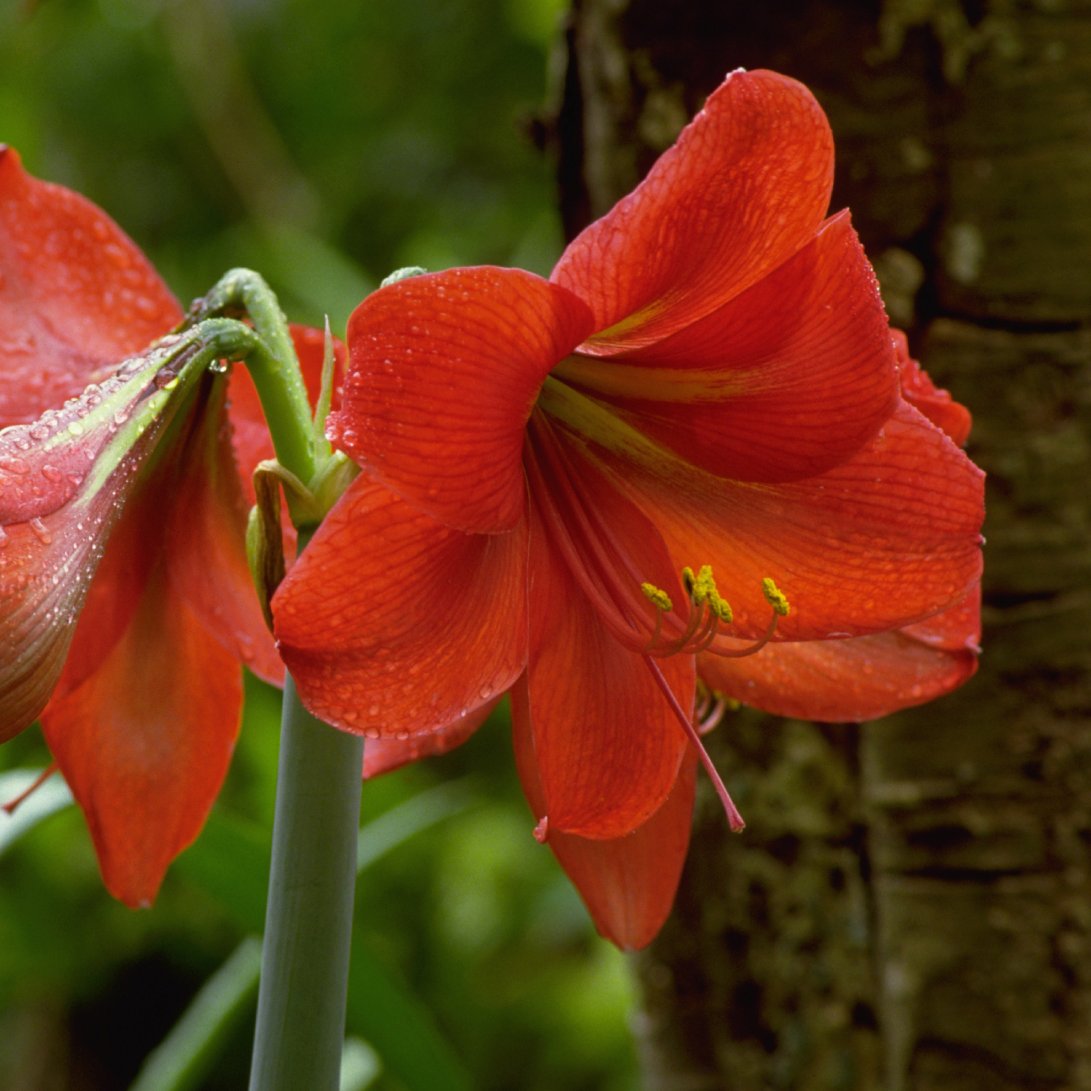 Amaryllis Southern Blight Disease: Recognizing Amaryllis Southern Blight Symptoms
Amaryllis Southern Blight Disease: Recognizing Amaryllis Southern Blight SymptomsBy Mary Ellen Ellis
-
 Amaryllis Has Leaf Scorch – Controlling Red Blotch Of Amaryllis Plants
Amaryllis Has Leaf Scorch – Controlling Red Blotch Of Amaryllis PlantsBy Tonya Barnett
-
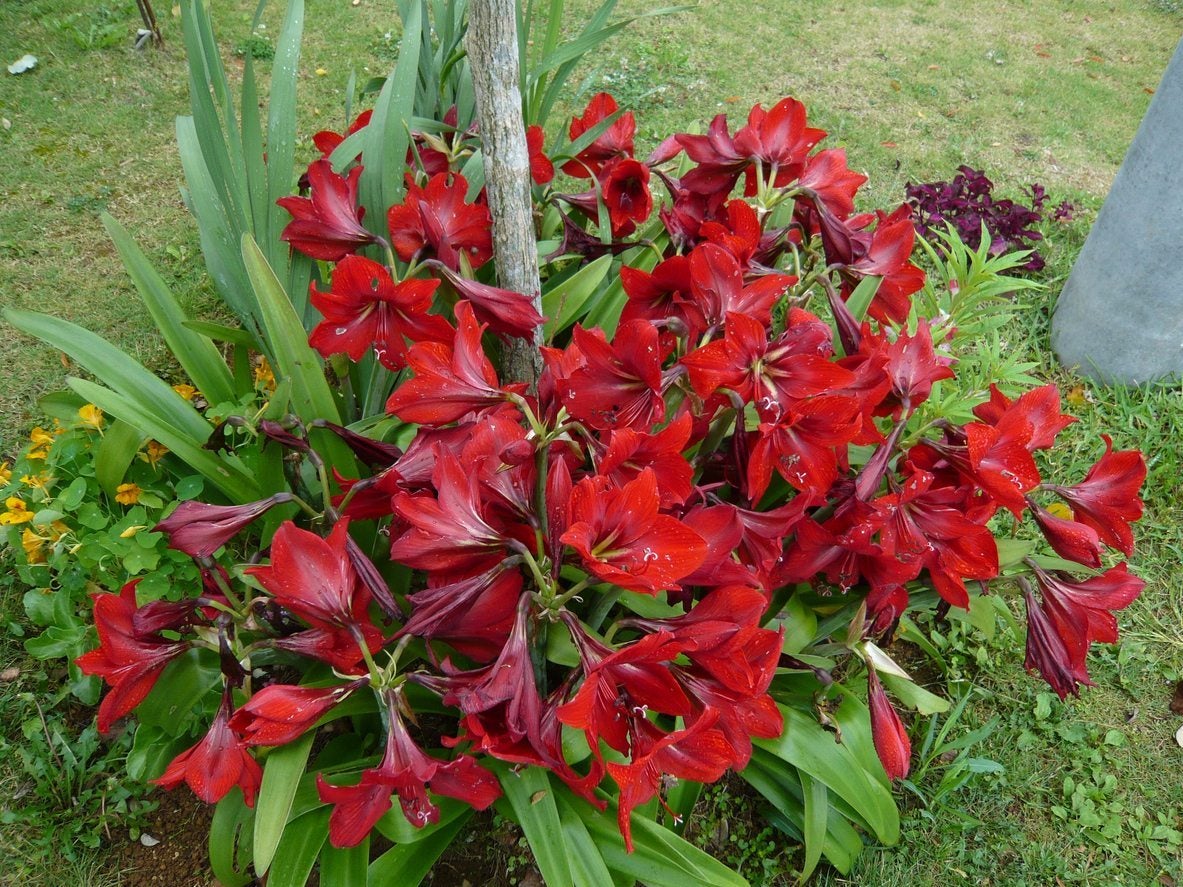 Separating Amaryllis Plants: How To Divide Amaryllis Bulbs In The Garden
Separating Amaryllis Plants: How To Divide Amaryllis Bulbs In The GardenLike many bulbs, in time and with the right environmental conditions, outdoor amaryllis bulbs will reproduce and naturalize. Amaryllis plant division is not only a way to control amaryllis colonies, but it also keeps plants healthy. Click here to learn more.
By Darcy Larum
-
 Complete Guide To Repotting Amaryllis – For Better Blooms & A Healthier Plant
Complete Guide To Repotting Amaryllis – For Better Blooms & A Healthier PlantAmaryllis plants don't need a lot of elbow room, but they do have to be repotted every 3-5 years. Wait until they're dormant and pick a slightly bigger pot.
By Teo Spengler
-
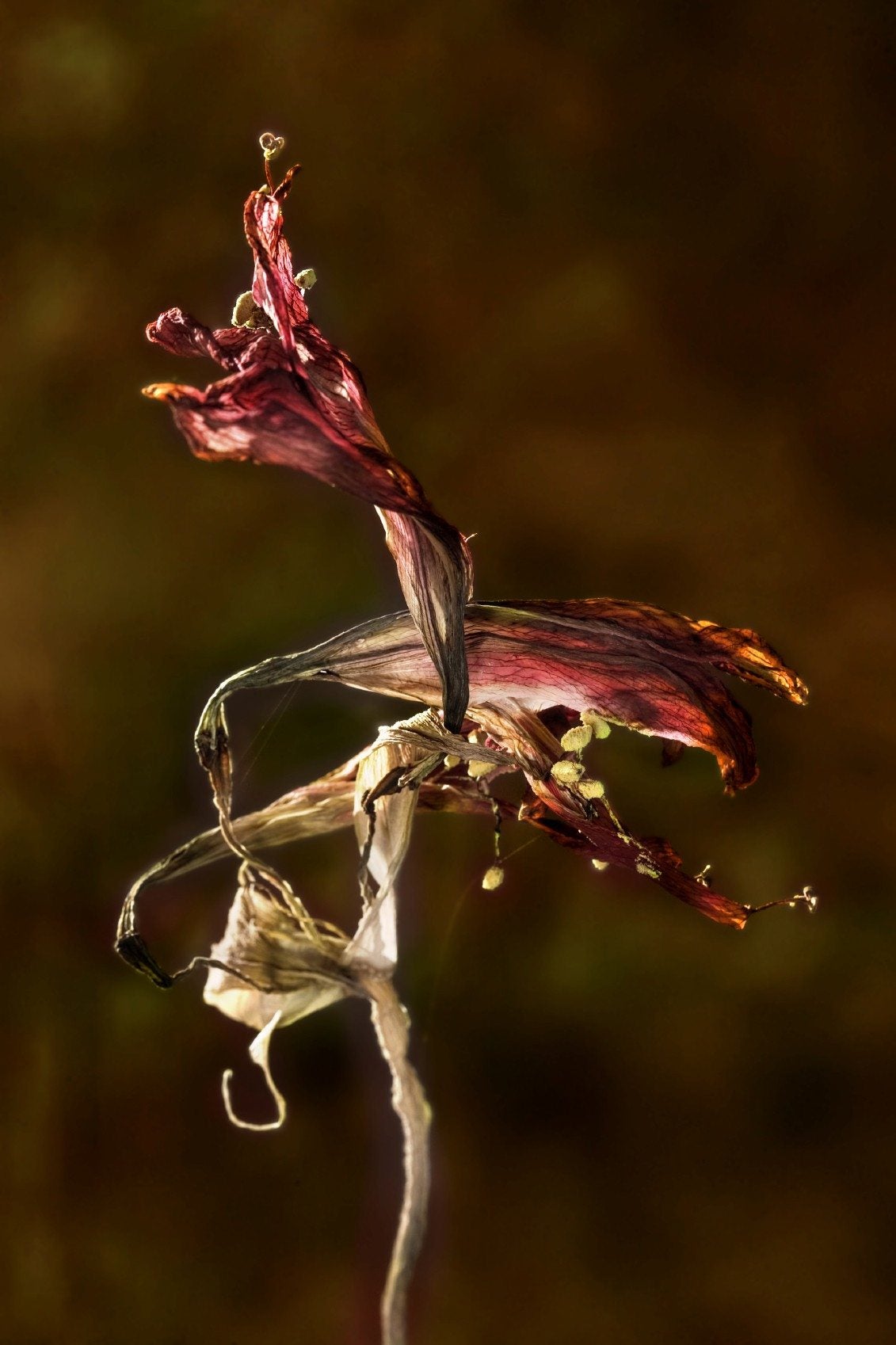 Amaryllis Seed Propagation: How To Plant An Amaryllis Seed
Amaryllis Seed Propagation: How To Plant An Amaryllis SeedIf you have some patience, you can produce and germinate your own amaryllis seed pods. Learn more about amaryllis seed propagation and how to plant an amaryllis seed in the article that follows. Click here for more information.
By Liz Baessler
-
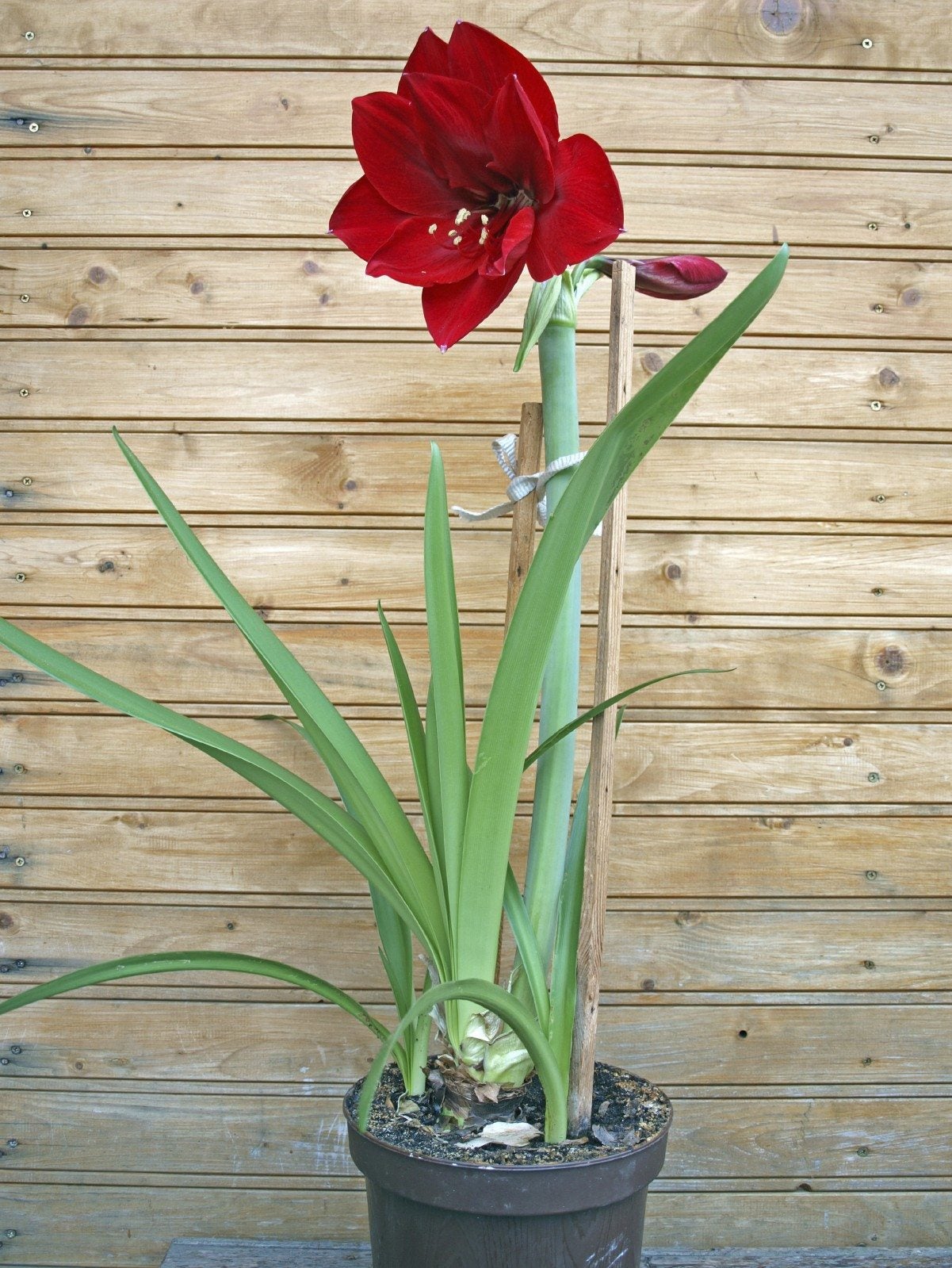 Staking An Amaryllis: Types Of Amaryllis Support Stakes
Staking An Amaryllis: Types Of Amaryllis Support StakesThe tall amaryllis stalks grow from bulbs, and each stalk bears four huge blooms. If your blooming plant gets top-heavy, you might need to learn about staking an amaryllis. Click this article for information about what to use for amaryllis plant support.
By Teo Spengler
-
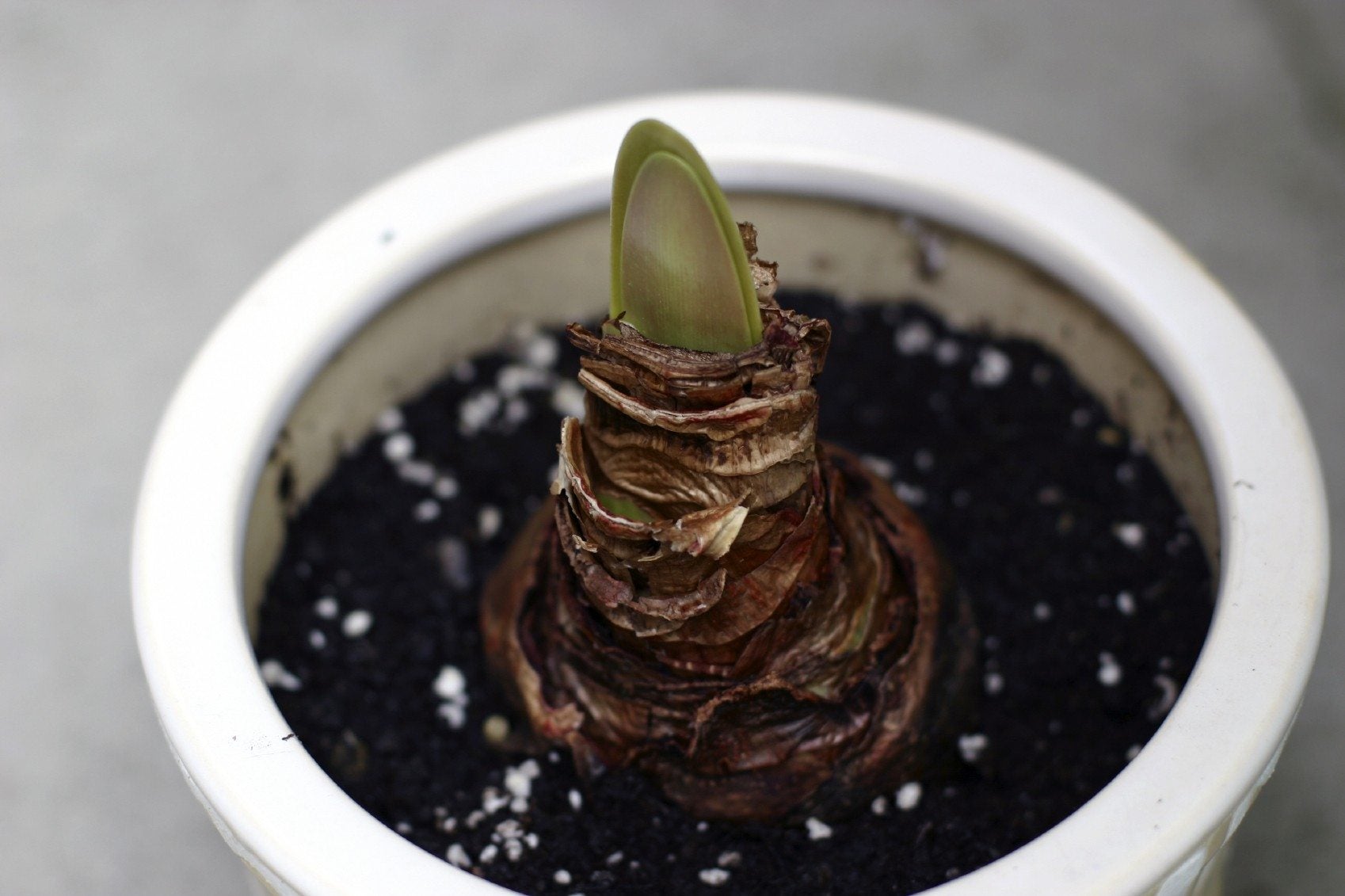 Soil For Amaryllis Plants – What Kind Of Soil Does Amaryllis Need
Soil For Amaryllis Plants – What Kind Of Soil Does Amaryllis NeedBecause it blooms in winter or early spring, amaryllis is almost always kept in a pot indoors, so you have more say in the kind of soil it grows in. So what kind of soil does amaryllis need? Learn about amaryllis soil requirements in this article.
By Liz Baessler
-
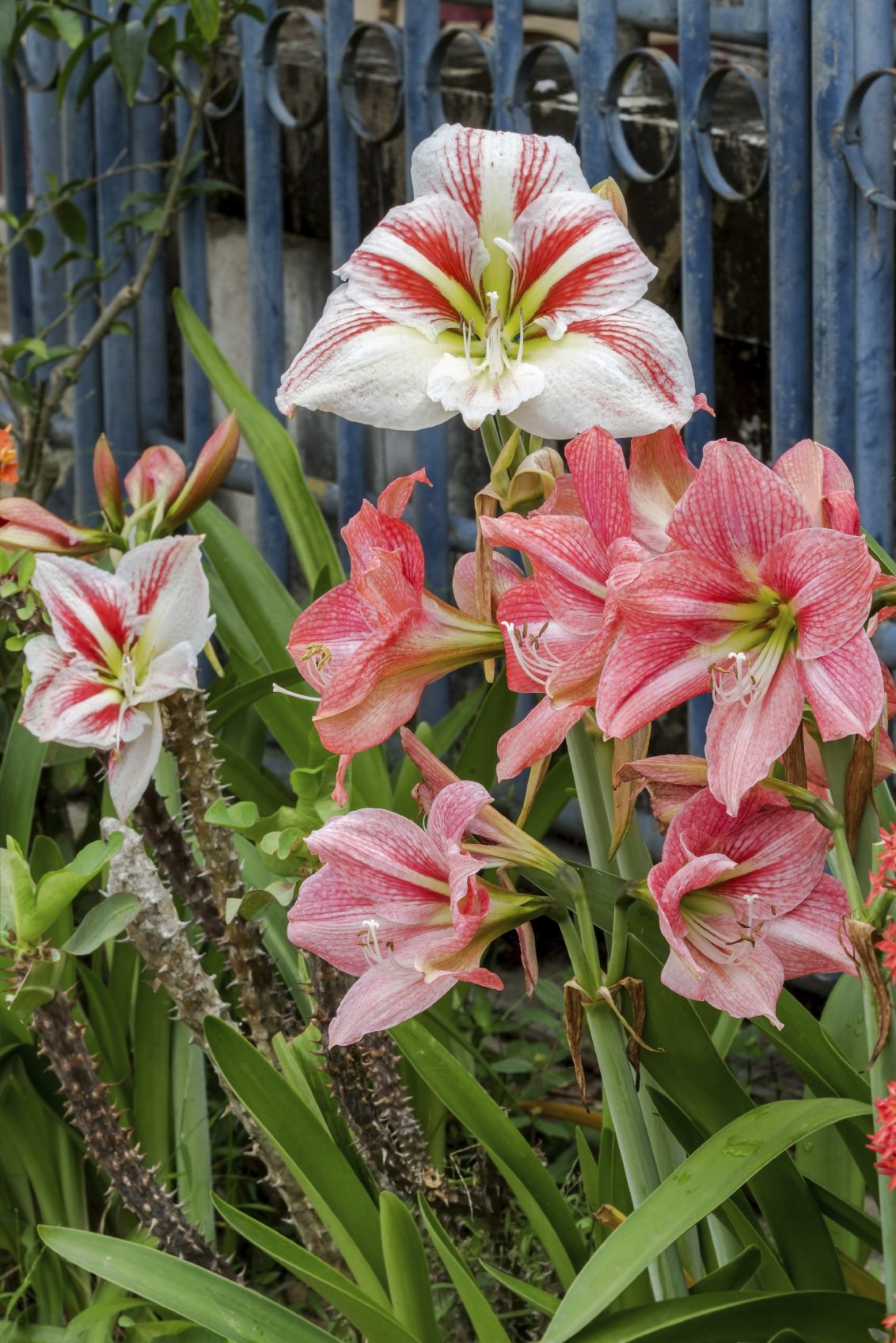 Amaryllis Flower Varieties: Different Types Of Amaryllis
Amaryllis Flower Varieties: Different Types Of AmaryllisAmaryllis is available in a variety of shapes and colors; in fact, almost too many different types of amaryllis to count. Click this article to learn about just a few of the many amaryllis flower varieties on the market.
By Mary H. Dyer